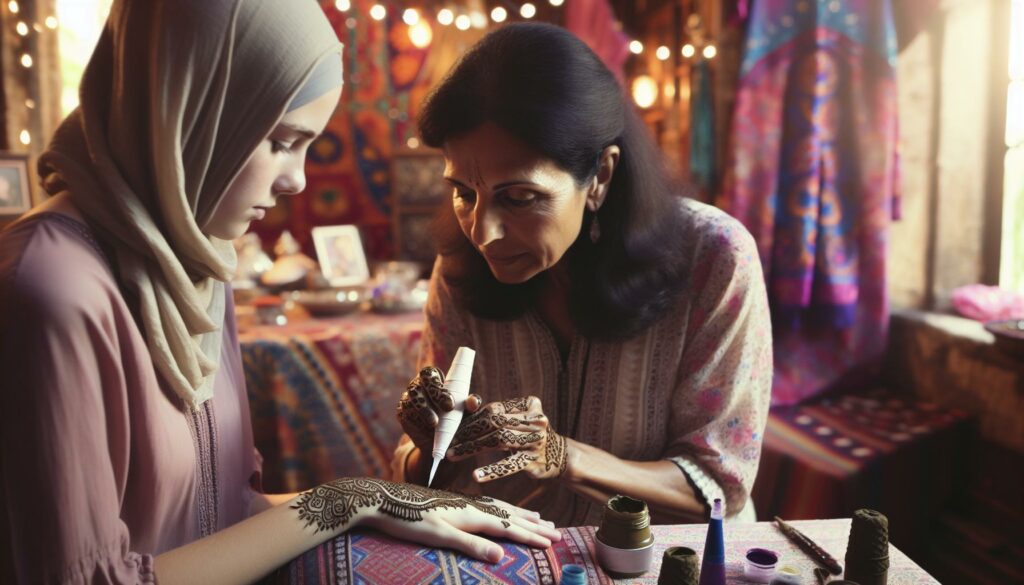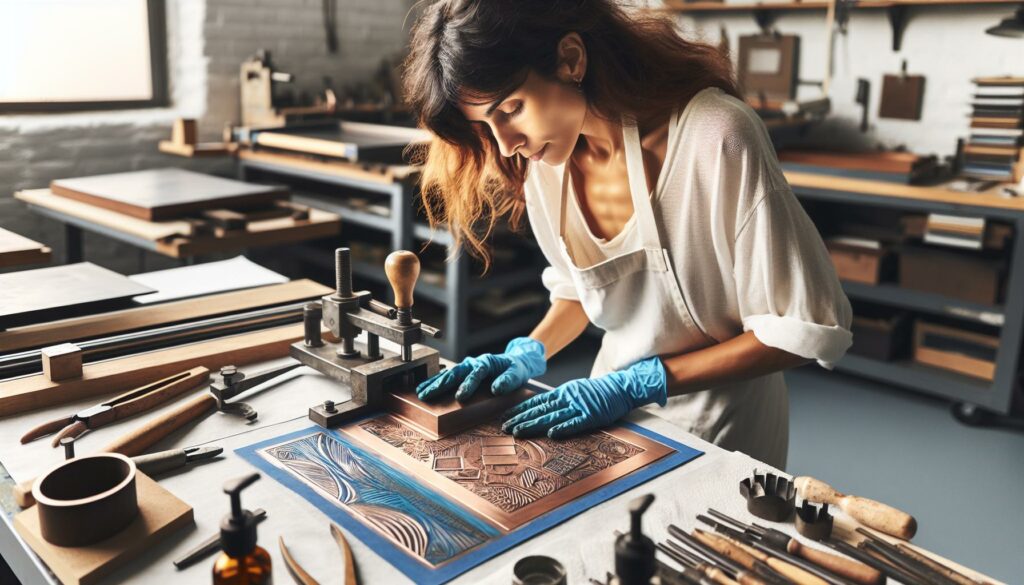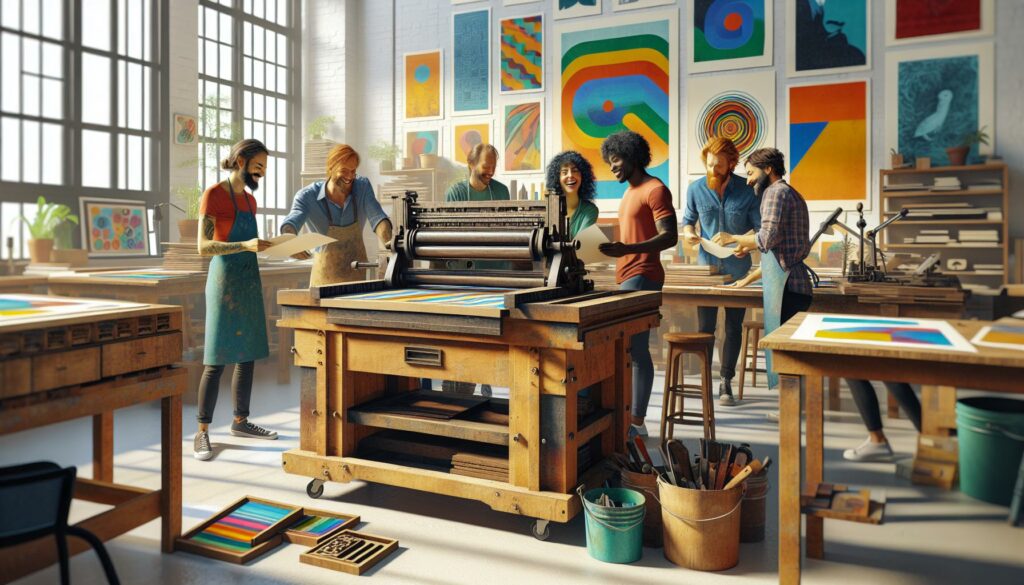Mehndi, the ancient art of henna body decoration, transforms ordinary skin into a canvas of intricate beauty. From traditional bridal designs to modern interpretations, these temporary tattoos have captivated people across cultures for centuries. The rich reddish-brown patterns not only enhance beauty but also carry deep cultural significance.
Today’s mehndi artists are pushing creative boundaries by blending time-honored motifs with contemporary elements. Whether it’s delicate floral patterns adorning hands or bold geometric designs extending up arms, mehndi continues to evolve while maintaining its timeless appeal. With social media showcasing endless inspiration and tutorials, more people than ever are embracing this beautiful art form as a way to express themselves.
Beautiful Mehndi:nbcsjmkabxo= Mehndi Design
Mehndi originated in ancient Egypt 5000 years ago before spreading across regions in Africa India Middle East. Archaeological evidence reveals henna’s use in Egyptian mummies preserving nails hair through the sacred burial practices.
Traditional beautiful mehndi:nbcsjmkabxo= mehndi design patterns include:
- Geometric shapes representing spiritual protection
- Floral motifs symbolizing natural beauty growth
- Paisley designs signifying fertility abundance
- Peacock patterns embodying grace prosperity
- Mandala forms expressing cosmic harmony
| Time Period | Cultural Development |
|---|---|
| 5000 BCE | First evidence in Egypt |
| 700 CE | Spread to Arabian Peninsula |
| 12th Century | Integration into Indian weddings |
| 15th Century | Emergence of Mughal designs |
| 21st Century | Global fashion trend |
Ancient civilizations developed distinct regional styles throughout centuries of cultural exchange. Indian artisans incorporated intricate botanical elements while Arabic practitioners favored angular geometric compositions. Persian influences brought the characteristic paisley motif creating elaborate hybrid designs.
Modern beautiful mehndi:nbcsjmkabxo= mehndi design artists combine these traditional elements with contemporary aesthetics. Digital platforms showcase innovative techniques including:
- Fine line drawing methods
- Negative space utilization
- Color mixing variations
- 3D effect applications
- Minimalist interpretations
The application process involves preparing natural henna paste from powdered leaves mixed with essential oils lemon juice. Artists create designs using specialized cones producing lines varying from 0.1mm to 3mm thickness. Premium quality henna stains skin for 1-3 weeks depending on body location application technique.
Traditional Mehndi Patterns and Their Significance
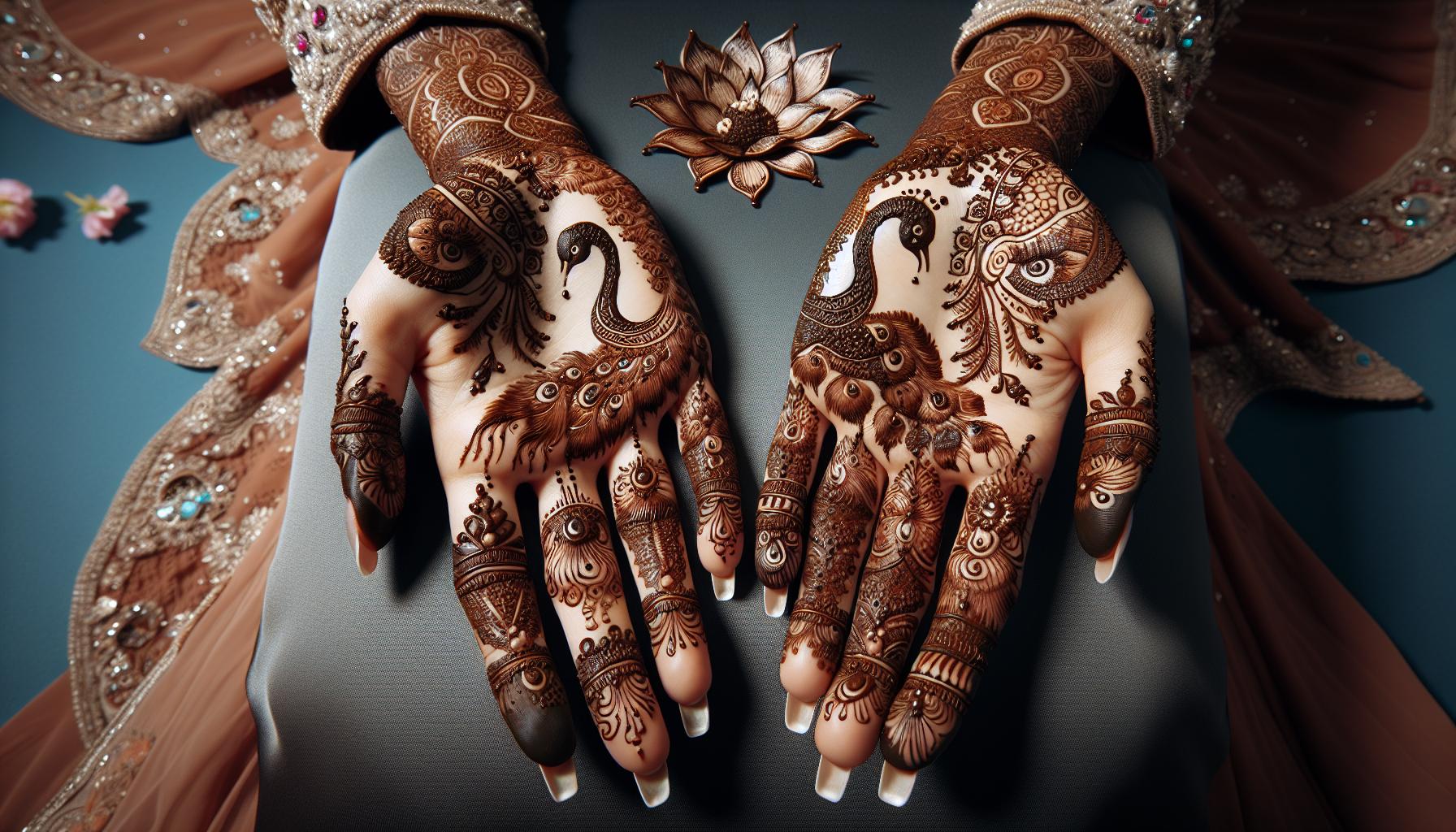
Traditional beautiful mehndi:nbcsjmkabxo= mehndi design patterns embody cultural heritage through intricate designs that tell stories of love, prosperity and spirituality. Each pattern carries specific meanings passed down through generations across different regions.
Bridal Mehndi Designs
Bridal beautiful mehndi:nbcsjmkabxo= mehndi design patterns feature dense coverage that extends from the palms to the forearms. Traditional elements include the dulha-dulhan (bride-groom) portrait motif sits prominently on the palm center. Royal elephants depicted in the design symbolize strength while lotus flowers represent purity. Intricate bangles patterns wrap around wrists to signify marital bonds. Fine meshwork fills spaces between major motifs creating an ornate full-hand coverage. Hidden initials or names of the couple integrate seamlessly into the design’s flow creating a personalized touch.
Cultural Motifs and Symbols
Common cultural motifs express distinct meanings in beautiful mehndi:nbcsjmkabxo= mehndi design artwork. Peacocks represent grace beauty and good fortune in Indian designs. Mandala patterns signify spiritual harmony through their circular symmetry. Paisleys denote fertility while creepers symbolize eternal bonds. Arabic styles incorporate geometric shapes like diamonds triangles circles to create flowing patterns. Conch shells appear frequently in traditional Indian designs marking auspiciousness. Regional variations exist such as Moroccan patterns featuring straight lines geometric shapes architectural elements. Bengali designs emphasize alpana-style florals dots parallel lines that create mesmerizing effects.
Modern Trends in Mehndi Design
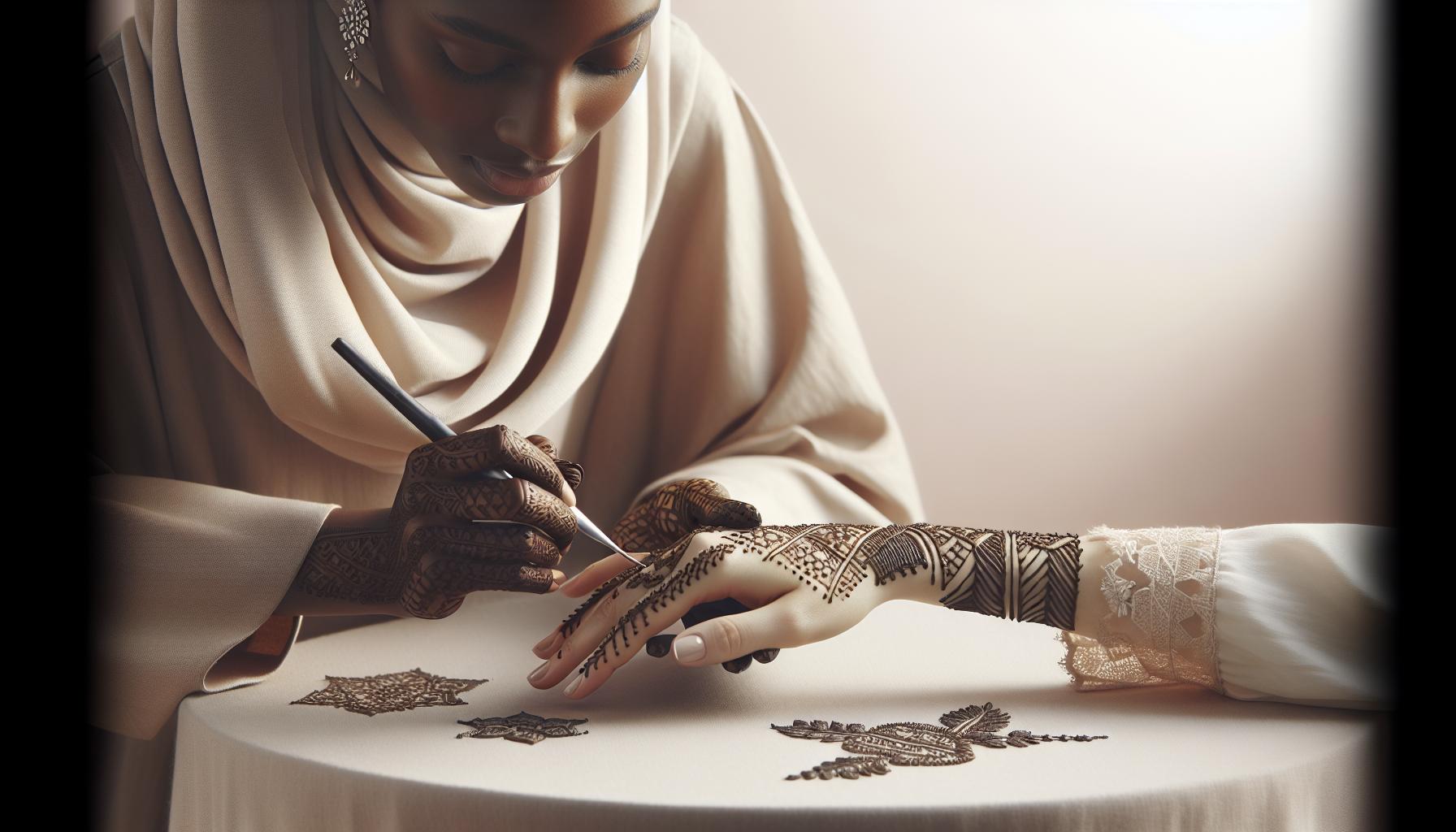
Contemporary mehndi artists incorporate innovative techniques to create distinctive designs that reflect current fashion trends. Digital inspiration platforms showcase new interpretations of traditional patterns adapted for modern aesthetics.
Contemporary Fusion Patterns
Contemporary fusion beautiful mehndi:nbcsjmkabxo= mehndi design combines traditional motifs with modern artistic elements to create unique designs. Artists integrate geometric patterns with naturalistic forms creating balanced compositions that appeal to diverse audiences. Abstract elements merge with classic Indian motifs such as peacocks mandalas flowers to produce distinctive styles. Instagram-inspired trends include negative space techniques metallic accents glitter embellishments. Popular fusion designs feature:
- Mandala-geometric hybrids with dotwork shading
- Nature-inspired patterns with abstract line work
- Traditional motifs reimagined with modern symmetry
- Mixed cultural elements from Arabic Indian African styles
- Contemporary interpretations of classic bridal designs
Minimalist Mehndi Styles
Minimalist beautiful mehndi:nbcsjmkabxo= mehndi design emphasizes clean lines simple patterns negative space to create elegant designs. Single-line drawings define the modern minimalist approach featuring delicate tracery spaced motifs. Popular minimalist elements include:
- Fine line bracelets with dainty details
- Single flower motifs with trailing vines
- Geometric shapes with strategic spacing
- Finger accents with subtle dot work
- Wrist cuffs featuring minimal pattern repetition
Artists create these designs using precision-tipped applicators specialized henna cones to achieve thin consistent lines. The minimalist style appeals to professionals seeking subtle body art that coordinates with contemporary fashion trends.
Essential Tips for Long-Lasting Mehndi
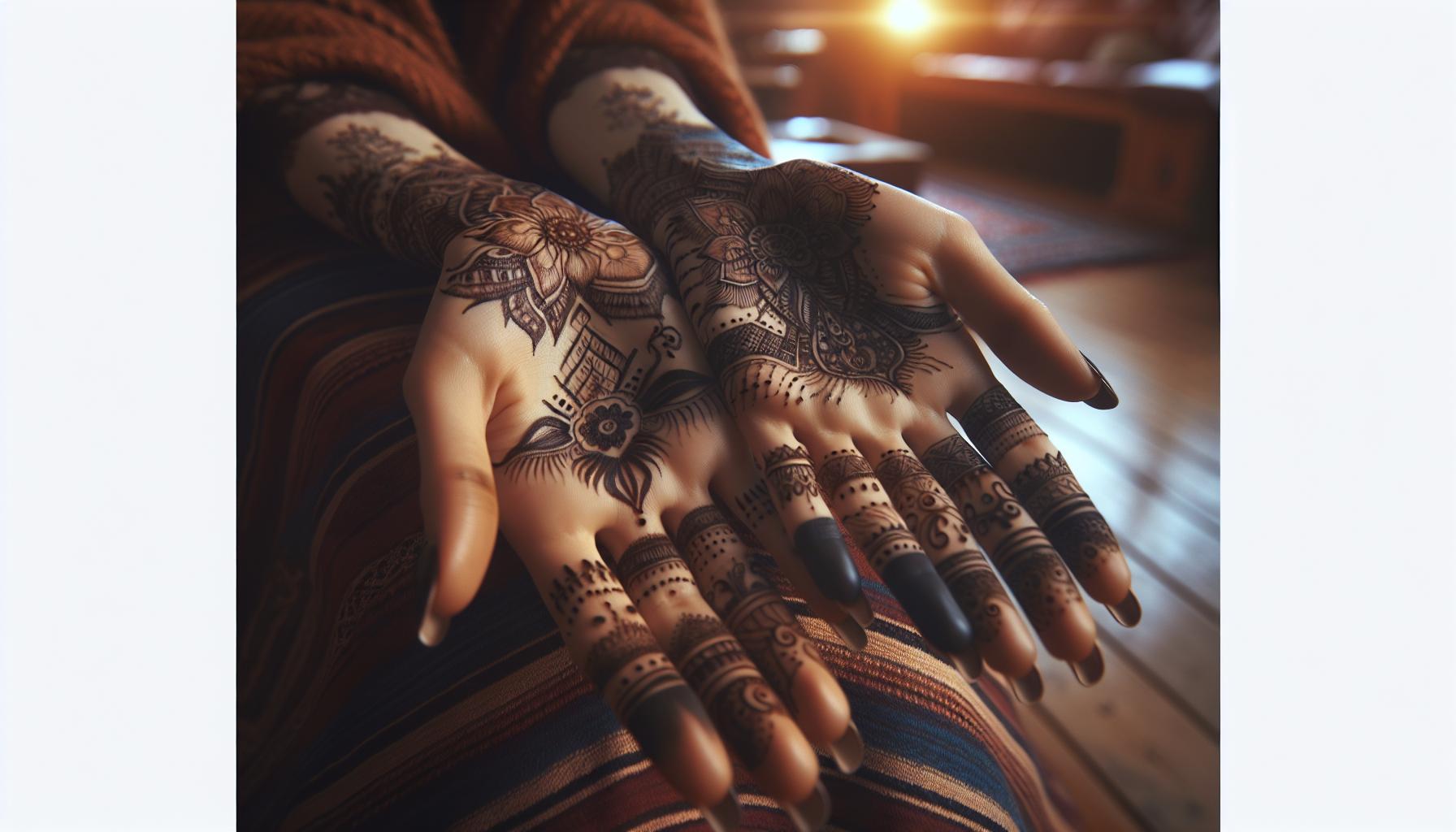
Achieving dark lasting beautiful mehndi:nbcsjmkabxo= mehndi design requires proper application techniques paired with diligent aftercare practices. Natural henna creates stains that intensify over 48 hours when applied correctly.
Application Techniques
Creating long-lasting beautiful mehndi:nbcsjmkabxo= mehndi design starts with fresh henna paste mixed within 24 hours of application. Artists apply the paste at room temperature through a fine-tipped cone using steady pressure to maintain consistent line thickness. The paste remains on the skin for 6-8 hours minimum to achieve optimal color saturation. A protective wrap secures the design during the drying period while keeping the paste warm. Professional artists recommend:
- Testing paste consistency before application
- Cleaning skin with rubbing alcohol
- Maintaining even pressure during design creation
- Applying thick paste layers for darker stains
- Using plastic wrap to trap body heat
Aftercare Methods
Proper aftercare transforms orange henna stains into rich burgundy tones that last 2-3 weeks. Essential aftercare practices include:
- Keeping the area dry for 24 hours after paste removal
- Applying a mixture of lemon juice sugar solution
- Avoiding water contact during the first day
- Using natural oils like coconut or olive oil
- Protecting designs from chlorine exposure
- Moisturizing skin daily to prevent fading
- Limiting exfoliation in decorated areas
Gentle removal of dried paste reveals initial orange marks that darken naturally within 48 hours. Regular moisturizing with natural oils maintains design vibrancy throughout the staining period.
Popular Mehndi Design Placements
The most requested beautiful mehndi:nbcsjmkabxo= mehndi design placements reflect both traditional customs and contemporary preferences. Hands lead the popularity chart, with intricate designs covering both palms and extending to the wrists.
Traditional placement zones include:
- Full palm coverage with detailed designs stretching to fingers
- Back of hands featuring delicate patterns connecting to wrist elements
- Forearm artwork extending from wrist to elbow
- Feet designs covering the top surface down to ankles
- Leg patterns reaching from ankles to knees
Contemporary placement trends embrace:
- Single finger designs with minimalist patterns
- Wrist bracelet styles featuring thin bands
- Side palm accents with negative space elements
- Ankle chain patterns with delicate motifs
- Shoulder blade artwork for modern expression
The placement choice impacts design complexity:
| Placement Area | Design Duration | Pattern Complexity |
|---|---|---|
| Full Palms | 2-3 hours | High |
| Back of Hands | 1-2 hours | Medium |
| Wrist Only | 30 minutes | Low |
| Full Feet | 2 hours | High |
| Ankle Design | 45 minutes | Medium |
- Full arms extending to elbows
- Complete palm coverage with intricate details
- Both feet with ankle extensions
- Leg patterns reaching mid-calf
- Hidden personalized elements incorporating names dates
Tools and Materials for Perfect Mehndi
Essential tools for creating intricate beautiful mehndi:nbcsjmkabxo= mehndi design include:
- Fresh henna powder stored in an airtight container
- Organic essential oils (eucalyptus tea tree lavender)
- Glass plastic or metal mixing bowls
- Stainless steel spoons for mixing
- Professional mehndi cones or applicator bottles
- Cotton swabs dabbing cloths
- Cellophane wrap or medical tape
- pH balanced skin cleanser
Quality materials enhance beautiful mehndi:nbcsjmkabxo= mehndi design application:
| Material | Purpose | Recommended Amount |
|---|---|---|
| Henna Powder | Base ingredient | 100g per design |
| Lemon Juice | Color activation | 30ml per 100g |
| Essential Oils | Stain enhancement | 5-10 drops |
| Sugar | Paste adhesion | 1 tsp per 100g |
| Coffee/Tea | Color darkening | 2 tbsp per 100g |
Storage requirements for mehndi supplies:
- Keep henna powder in a cool dark place
- Store mixed paste at room temperature
- Place applicator tools in clean dry containers
- Maintain essential oils in amber glass bottles
- Preserve mixing utensils separately from kitchen items
Proper tool maintenance includes:
- Clean applicator tips after each use
- Sanitize mixing bowls with antibacterial soap
- Replace plastic cones every 3 months
- Inspect metal tips for blockages
- Wash fabric wraps in unscented detergent
- Stainless steel jacquard bottles
- Silicon tipped cones
- Electric mehndi pens
- Adjustable nozzle sizes
- Ready made paste cartridges
The Beauty Of Cultural Artistry
Mehndi stands as a testament to the enduring beauty of cultural artistry spanning millennia. From its ancient Egyptian origins to today’s contemporary designs this art form continues to captivate people worldwide through its intricate patterns and deep symbolism.
Today’s beautiful mehndi:nbcsjmkabxo= mehndi design artists skillfully blend time-honored traditions with modern innovations creating designs that resonate with both cultural authenticity and contemporary aesthetics. As this beautiful art form evolves it remains a powerful medium of self-expression while honoring its rich heritage.
The future of mehndi looks bright as new generations embrace this ancient practice finding fresh ways to interpret its timeless appeal through social media and digital platforms. It’s clear that mehndi will continue to adorn and inspire for generations to come.

